
 Work under way at the Waterfront.
Work under way at the Waterfront.
More than 20,000 workers and 3,000 construction vehicles are currently on site at the Waterfront project in Dubai, creating what is expected to be the largest waterfront development in the world.
Its developer Nakheel reports that the massive development has made significant progress, with more than a quarter of the earth works already completed. It has also recently unveiled the masterplan for Waterfront City, the vibrant centrepiece of Waterfront.
Positioned between the capital Abu Dhabi to its west and the commercial hub of Dubai to its east, Waterfront is located close to the prime international commerce and industry hubs such as Jebel Ali Port, Dubai World Central Airport, and the Jebel Ali Free Zone.
Waterfront will transform 1.4 billion sq ft of empty desert and sea into an international community for an estimated population of 1.5 million people that is twice the size of Hong Kong Island. It is being developed on the last 15 km of natural coastline in Dubai and will provide more than 70 km of coastline in total, including the development of 23 per cent of the Arabian Canal.
The project, which is being implemented under a number of phases, includes:
• Waterfront City with an area of 330 ha (570 ha including water mass) and a built-up area of 12 million sq m, for a population of 92,000. It is scheduled for completion in 2018;
• Madinat Al Arab, which comprises Phase One of the development (area: 700 ha; built-up area 12.29 million sq m; population: 251,000; and completion by 2015);
• Boulevard Park and Canal District, to be developed in the second phase (area: 178.97 ha; built-up area 4.3 million sq m; population: 75,000; and completion: 2016);
• Veneto, Phase 3 of the development (area: 214 ha; built-up area 857,835 sq m; population: 13,938; and completion: 2012);
• Badrah (area: 575 ha; built-up area 5.7 million sq m; population: 13,938; and completion: 2012); and
• Omran (area: 238 ha; built-up area 810,000 sq m; population: 60,000; and completion: 2010).
In addition, Waterfont includes the islands and other developments which are expected to be part of phases four to seven of the project.
Waterfront will comprise a wide variety of high-end residences, commercial districts and industrial areas, with a number of major tourist attractions and leisure amenities as well as a range of affordable housing for Dubai’s working community.
What’s also noteworthy, as Waterfront managing director Matt Joyce points out, is that it will be the world’s first city masterplanned from scratch. “Waterfront is the largest and most ambitious urban development project in the world. Visible from outer space, it is an entirely new city masterplanned from scratch on a blank canvas – no city of this size has ever been masterplanned to such a scale and degree. The unique masterplan of Waterfront will ensure it is a major landmark of the region transforming a desert settlement to a city of global prominence.”
Waterfront has two main components: the mainland, covering an area of 13 km by 7.5 km; and the Waterfront Islands, a six island ‘archipelago’ stretching 15 km into the Arabian Gulf and covering a combined area of 2,300 hectares.
The creation of the islands involves the biggest land reclamation to be undertaken anywhere in the world, twice as big as the Palm Jebel Ali, says Joyce.
Detailed design and planning for the first five phases has been completed – the result of years of research and feasibility studies by world-renowned architects, planners, engineers and consultants.
The 3,000-plus construction vehicles on site include cranes, barges, dredgers and boats, and besides the 20,000 workers currently engaged on the development, the project also benefits from the services of close to 1,000 professional staff. Earth works on the mainland are more than 80 per cent complete, with a total of more than 40 million cu m of land graded in little more than a year. Approximately 30 per cent of the first 400-hectare island has been reclaimed, with reclamation in progress on further islands. The volume of reclamation work each month amounts to 3.52 million cu m – enough to fill Wembley Stadium three times.
Major civil works and infrastructure has commenced on the first phase, which comprises Madinat Al Arab, a high-end development consisting of luxury apartments and resorts. Nakheel has sold 80 per cent of the project to other developers and is developing the remaining area itself.
Construction of the 8 km Palm Cove Canal, which runs parallel to the coastline, began in February last year, with 65 per cent of work completed. Work has also commenced on three 160-m canal bridges, while construction of three interchanges is set to start early next year.
In the coming months, contracts worth an estimated Dh12 billion are expected to get under way, especially for infrastructure project.
“We’ve made a special effort to put in the infrastructure early to enable developers to come in. Infrastructure allows the transfer of people throughout the city in both directions,” says Conrad Groen, development director of the project.
Waterfront City
Commenting on the masterplan for Waterfront City, Joyce says: “Waterfront City is set to form the ‘heart’ of Waterfront and the masterplan has been designed in such a way to cater not only for businesses, but also for Dubai residents and visitors alike. Each of the five districts making up Waterfront City possesses its own individual character and is vital for the promotion of a diverse and unified city.
“It will have a density similar to that of Manhattan, and with that in mind, commerce, retail, culture, and private accommodation will be overlapped to create a compact city centre. Waterfront City will include a central park, a large mosque area, and iconic landmark attractions that will enable visitors and residents to enjoy a lively global city.”
Waterfront City is planned to become a lively city centre 24 hours a day for a predicted residential population of 92,000 and a working population of approximately 310,000 people. The City comprises a central island surrounded by four neighbouring districts – the Boulevard, Madinat Al Soor, the Resort, and the Marina.
The central island district, a grid of five streets by five streets, is the defining element of the design of Waterfront City; it will create walkable distances between blocks, easing the flow of traffic passing through the city. To ensure maximum shading and climate control in the city, the higher building masses are concentrated on the south side also making efficient use of wind flows for cooling. To guarantee further protection from the sun, each city block is lined with arcades and planted with trees.
Boulevard Park & Canal District
Phase Two of the Waterfront project, the Boulevard Park and Canal District, consists of housing for middle income segments, with a total land area of 1.79 million sq m and a built-up area of 4.3 million sq m. This phase also includes the building of six Palm Canal Towers, with a total area of 550,000 sq m GFA – work on which has commenced already.
Other components
Other components of Waterfront which will go ahead in the coming months include Veneto – the third phase of the development which will be launched this month (April) – the 238 ha Omran, which will offer affordable housing for the working communities, and 575 ha Badrah with villa residences.
Omran will offer a variety of subsidised accommodation of a high standard, complete with a range of services and amenities and recreational facilities, including gymnasiums and internet cafes. It will eventually provide housing for 60,000 workers working on the Waterfront site.
Stage One of Badrah is expected to be launched next month (May) Also, two Badrah Gate Commercial Towers will be built at the entrance of Waterfront from Sheikh Zayed Road, with a total floor area of 80,000 sq m.
Sustainability
Waterfront is on track to becoming the exemplar sustainable city founded on resource efficiency, social equity, and economic prosperity, according to Nakheel.
“Minimising ecological impact is considered in every decision of the city’s design, construction and operation. Energy and water conservation are achieved through integration of utilities in dedicated utility centres, where process streams are interlinked and waste is transformed into energy to power the city. Simulation is used in building design to ensure tough energy efficiency targets are achieved,” said a spokesperson for Nakheel.
The city will be supported by a comprehensive public transport system, which will reduce the dependence on the car. Simulation is also used to orient the city, optimising shade and sea breezes and using built form as a shield against the hot desert wind. Designing for the climatic comfort at a human scale will encourage pedestrian activity leading to a healthier and more active community.
Nakheel is developing Omran, as part of its social commitment.



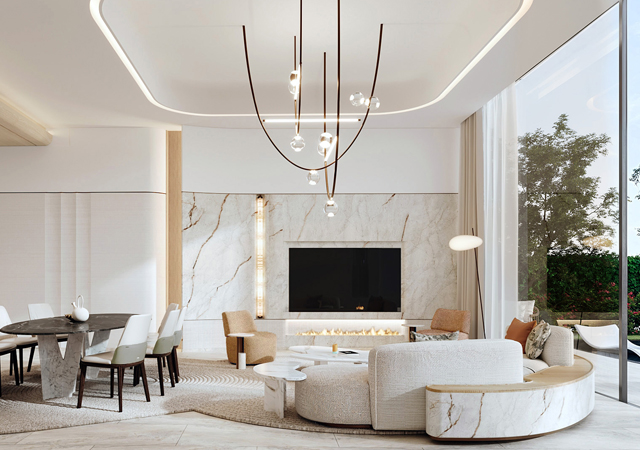
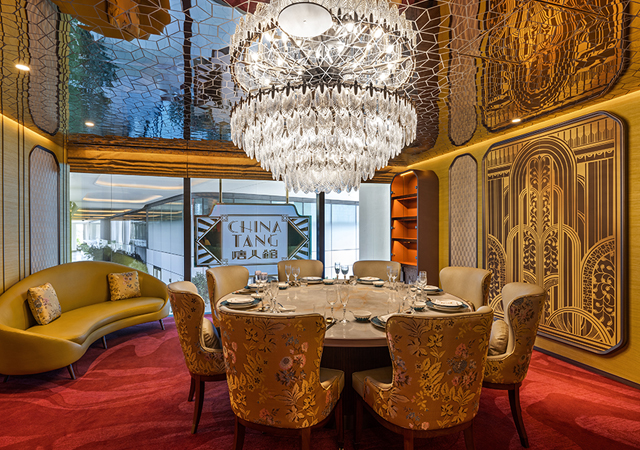
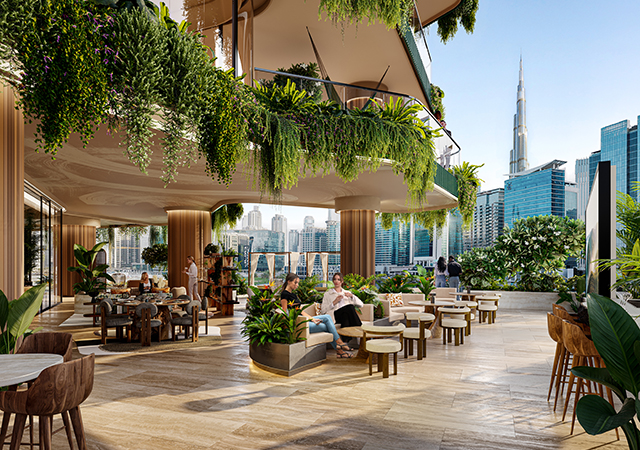
.jpg)


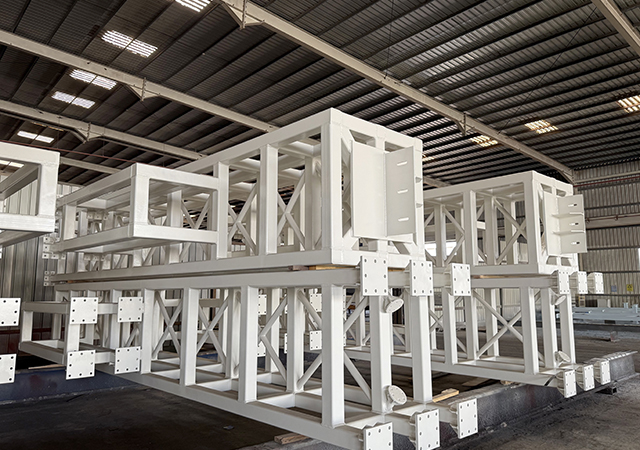




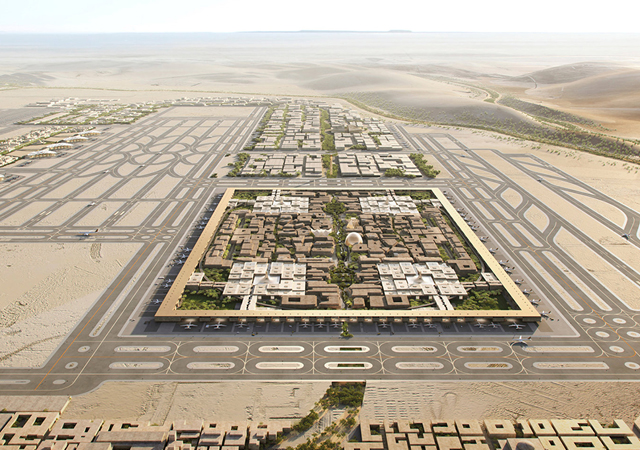
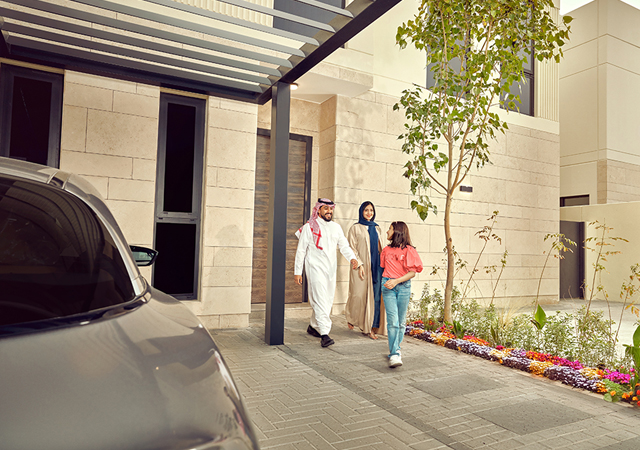
.jpg)
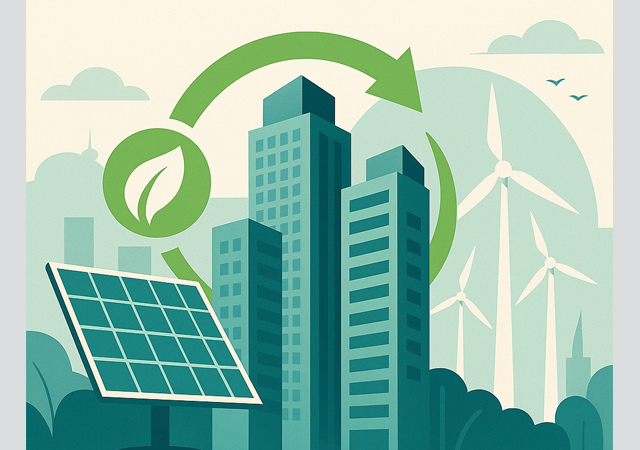



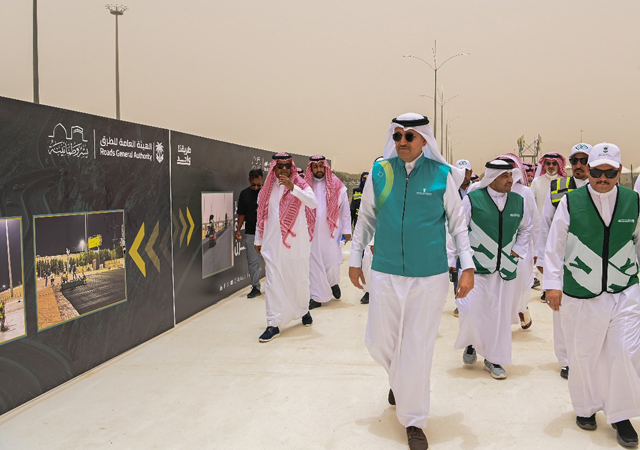

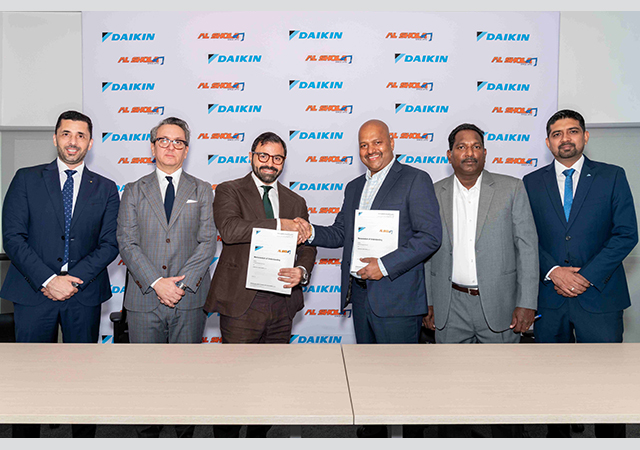

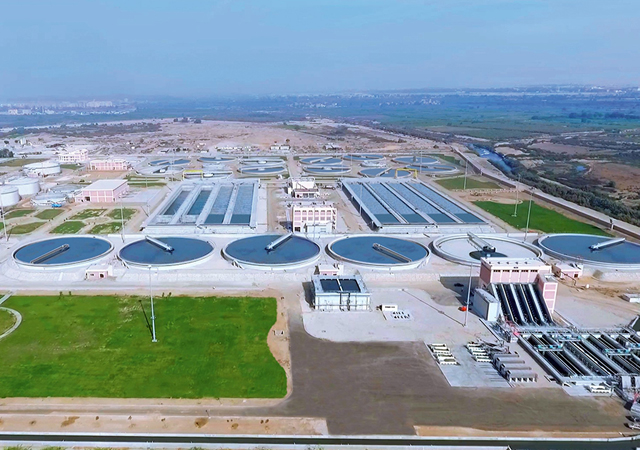
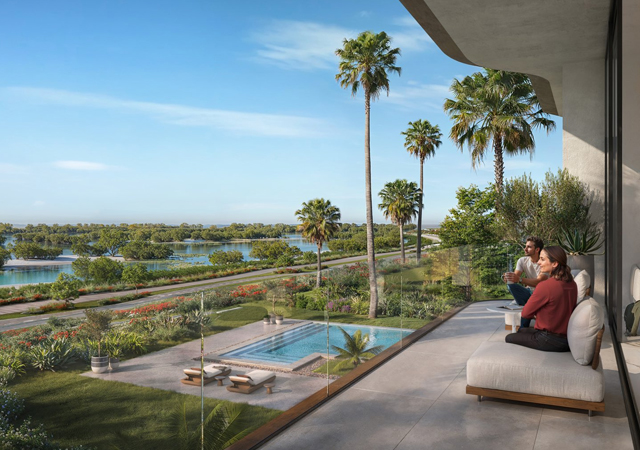
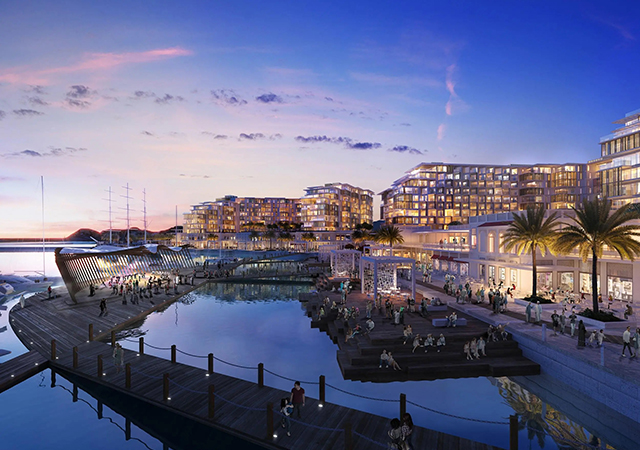

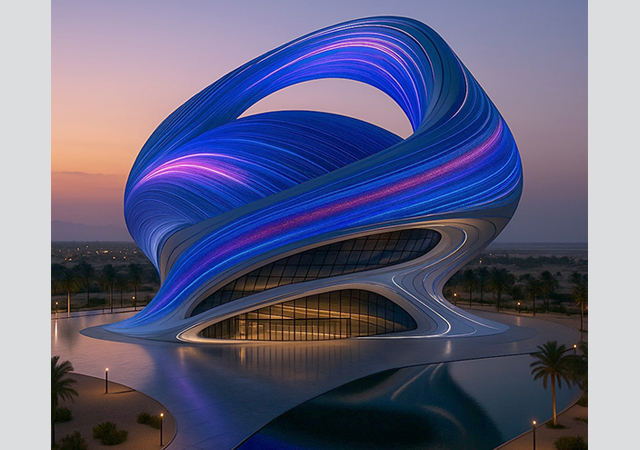

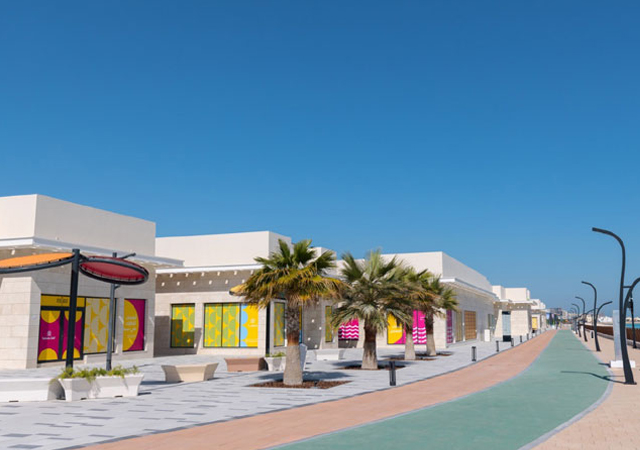

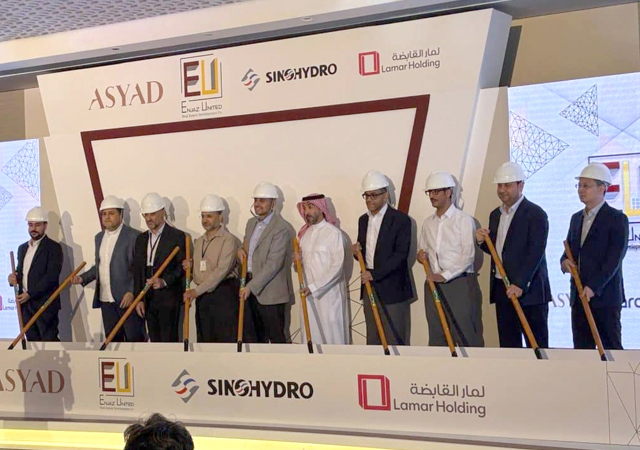
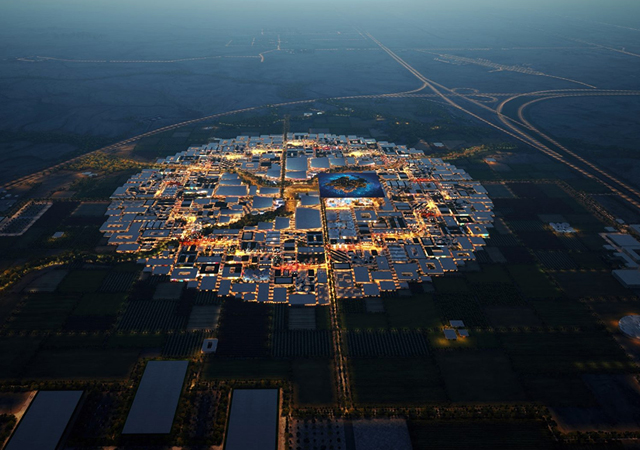
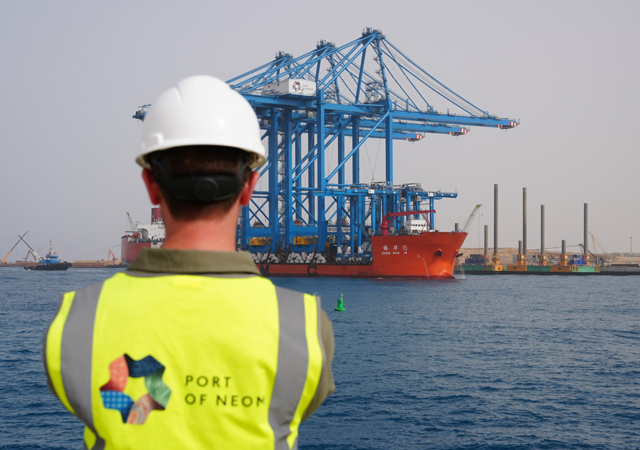
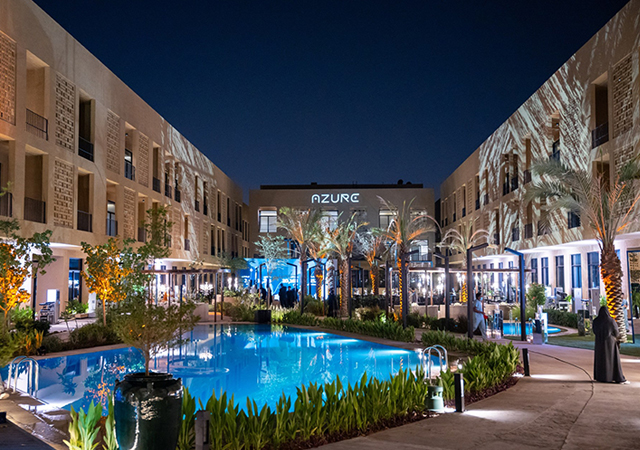
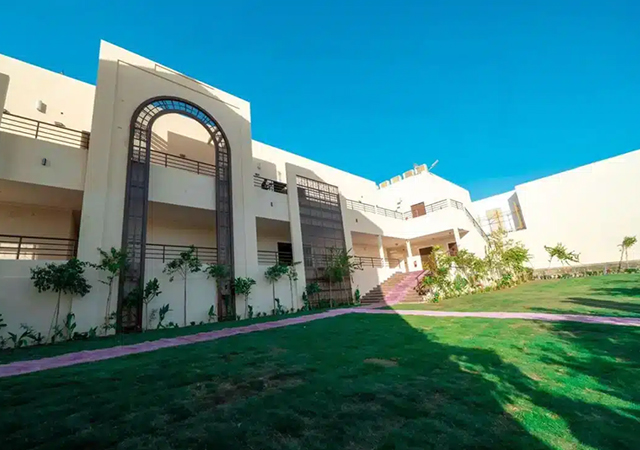


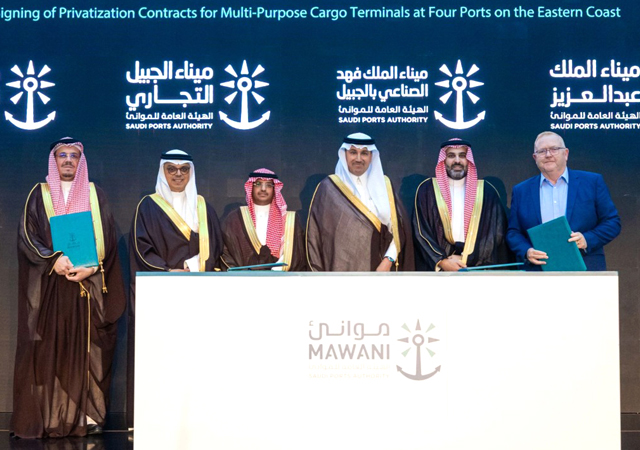
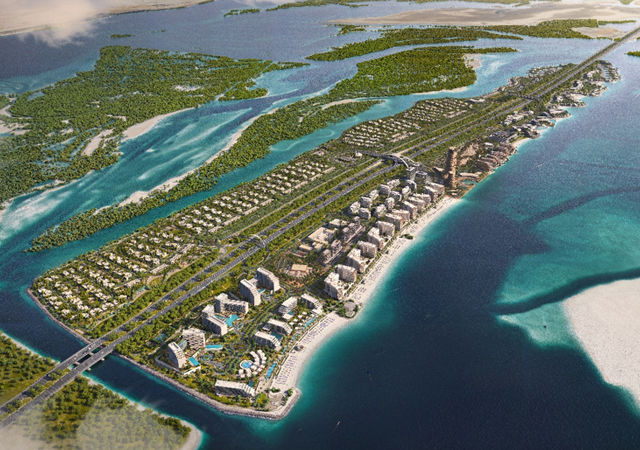

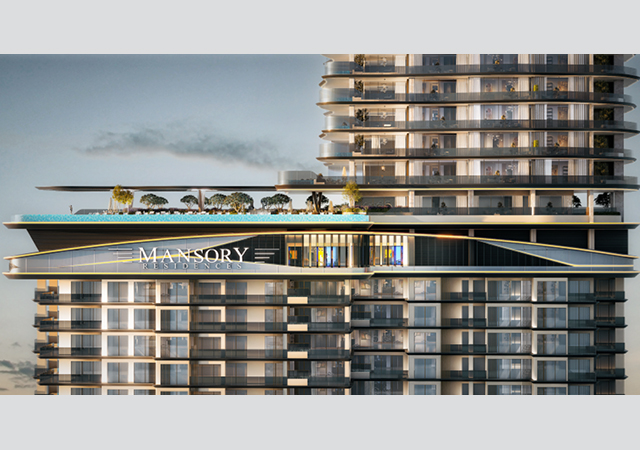
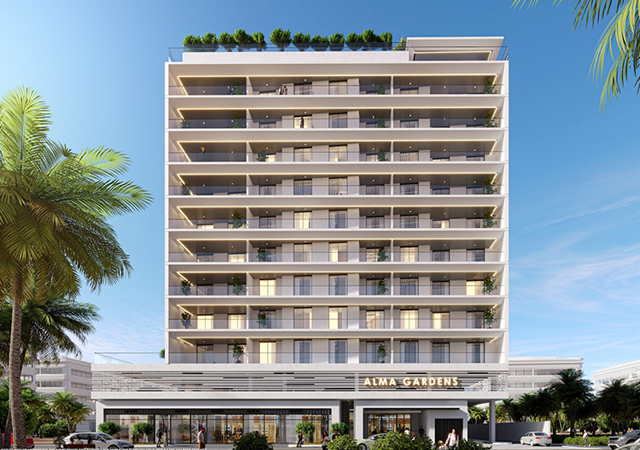

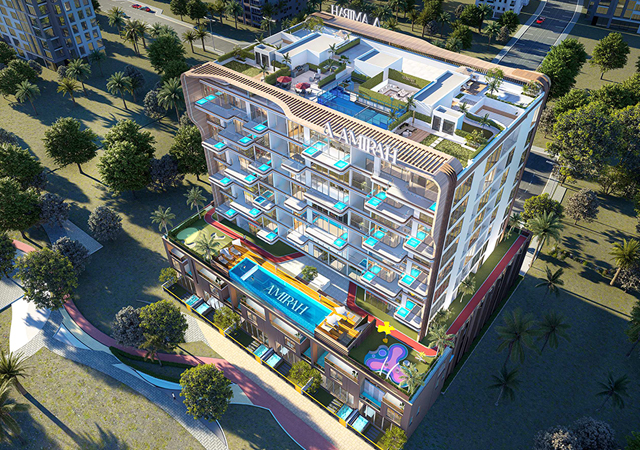
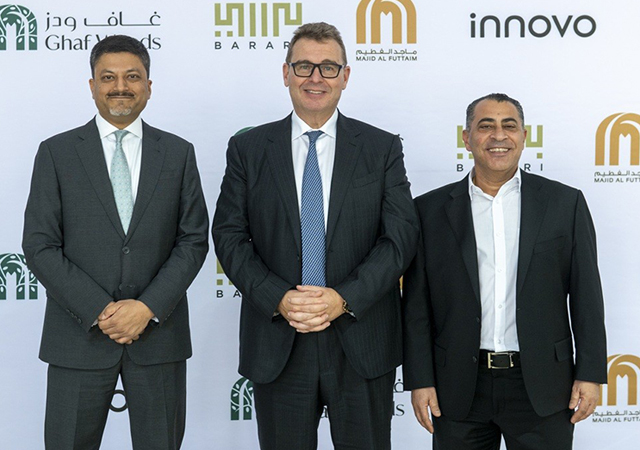
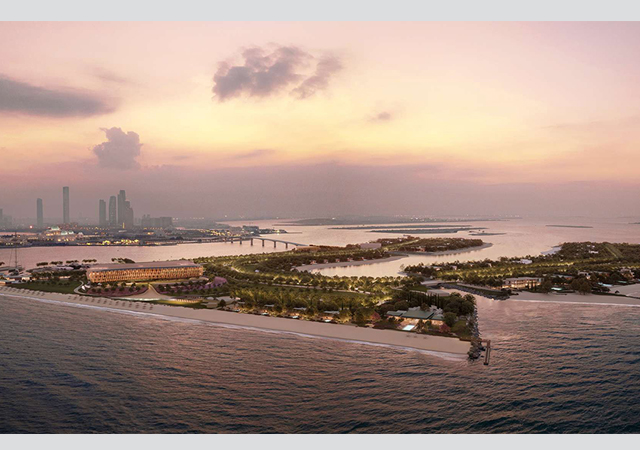
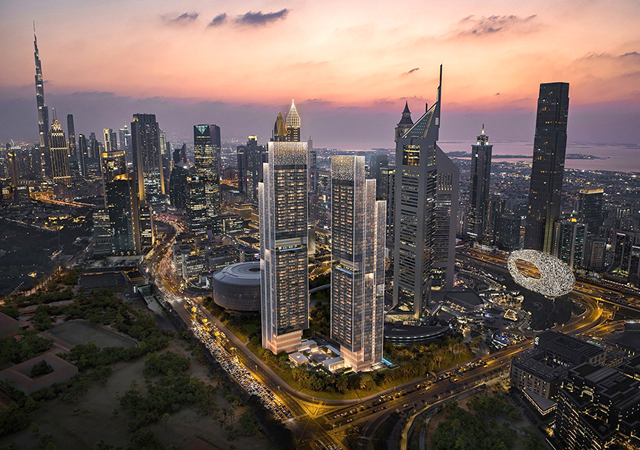
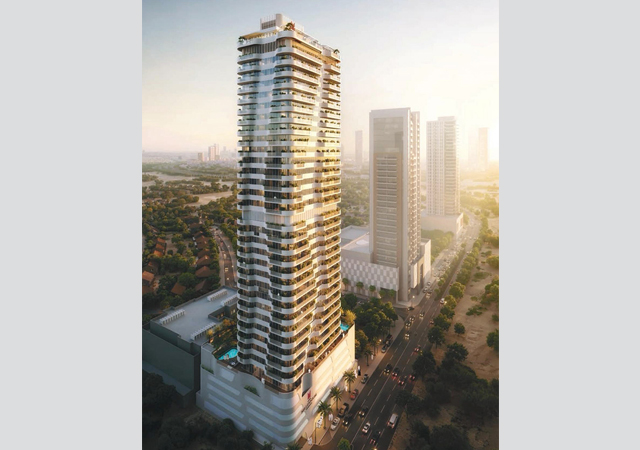
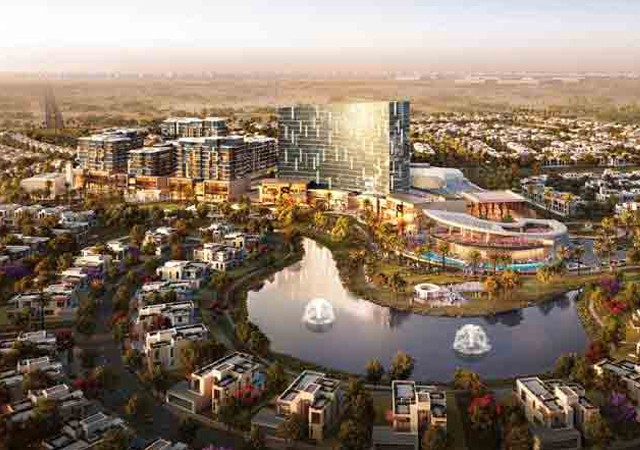
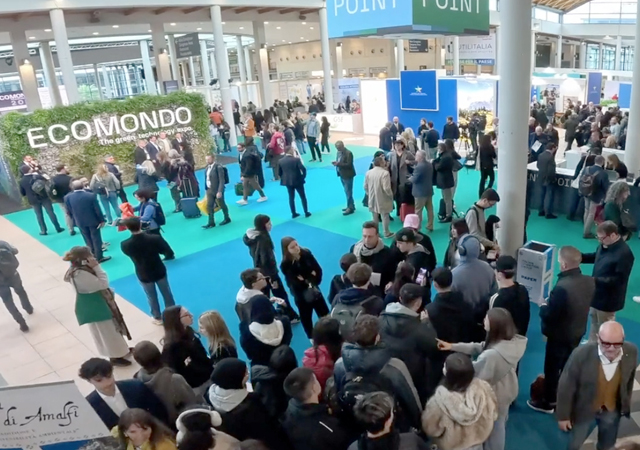
.jpg)












